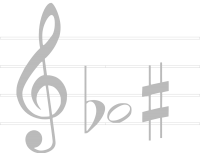Products
HT3 Labcard
This board fans out all signals in a HT3 connector to a 4×30 pin 2.54mm pitch socket. It gives easy access to each FPGA signal in a HT3 connector at a low cost.
Note that the board is intended for easy access and not high performance.

CON1x2 interconnect board


HT3 Flex-cable
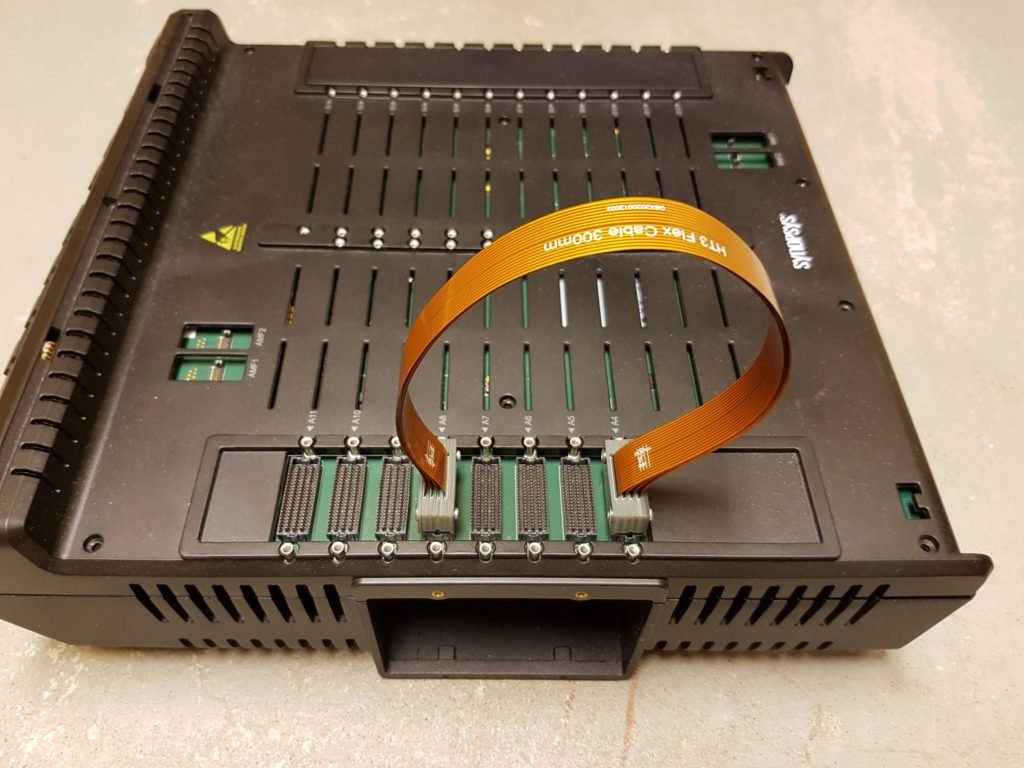
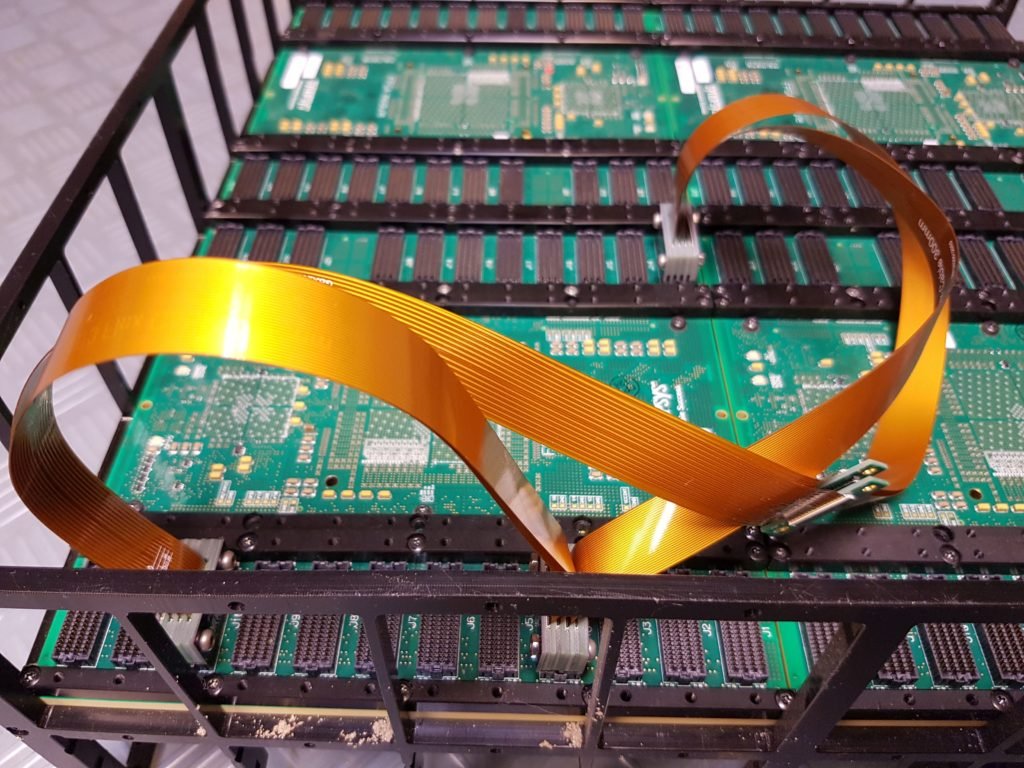
This is a replacement for a HapsTrak3 cable where a cleaner setup is required for shorter distances between HT3 connectors. The cable section uses a single ended flex-cable (see above) but may be extended using flex extenders (also see above).
Because of the modular construction of the flex-cable header, each blade in the HT3 connector can have its own destination so that e.g. a 3 connector HT3 cable can be constructed.
Flex-cable, single ended
The same flex as are used in the HT3 Flex-cable can also be purchased separately. These flexes may be used with extenders to create longer cables or they can also be used with the flexy-head series (see below) to create other types of interconnect cables.
The flex-cable is made of 0.1mm thick polyimide with 0.3mm thick stiffener around the pins. The flex contains 14×0.35mm wide lanes with 50Ω impedance using a proprietary technique and 2 non impedance-controlled lanes for power or control. Perfect for high-speed interconnect where transmission lines are required.
The connector ends use a pinout suitable for a Molex 32pin 0.5mm pitch FPC connector, e.g. 5034803200 Standard length is 300mm but lengths of up to 500mm can be created. Custom lengths and configurations can be created according to customer needs (minimum order 100pcs)
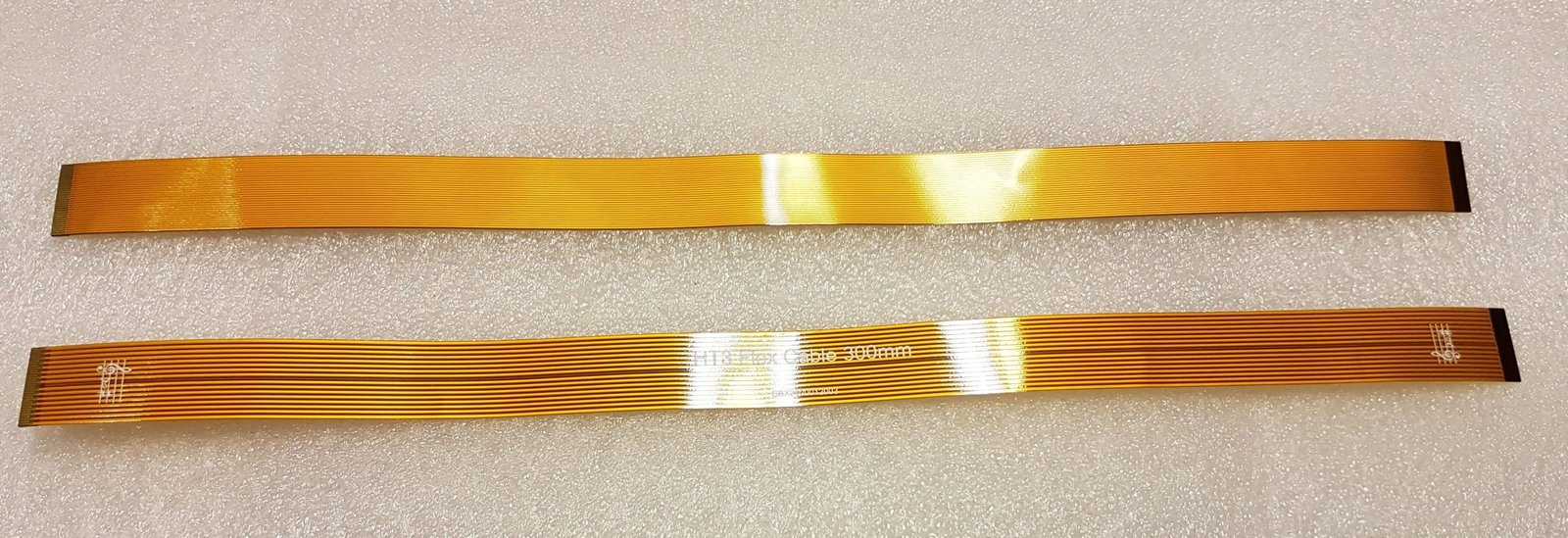
Flex-cable, differential
This is a flex similar to the single ended flex but instead contains 5 differential 100Ω pairs 0.275mm wide and 4 non impedance-controlled lanes for power/control.
This cable uses a 26-pin 0.5mm pitch Molex FPC connector, e.g. 5034802600. Custom lengths and configurations can be created according to customer needs (minimum order 100pcs)



Flex extender
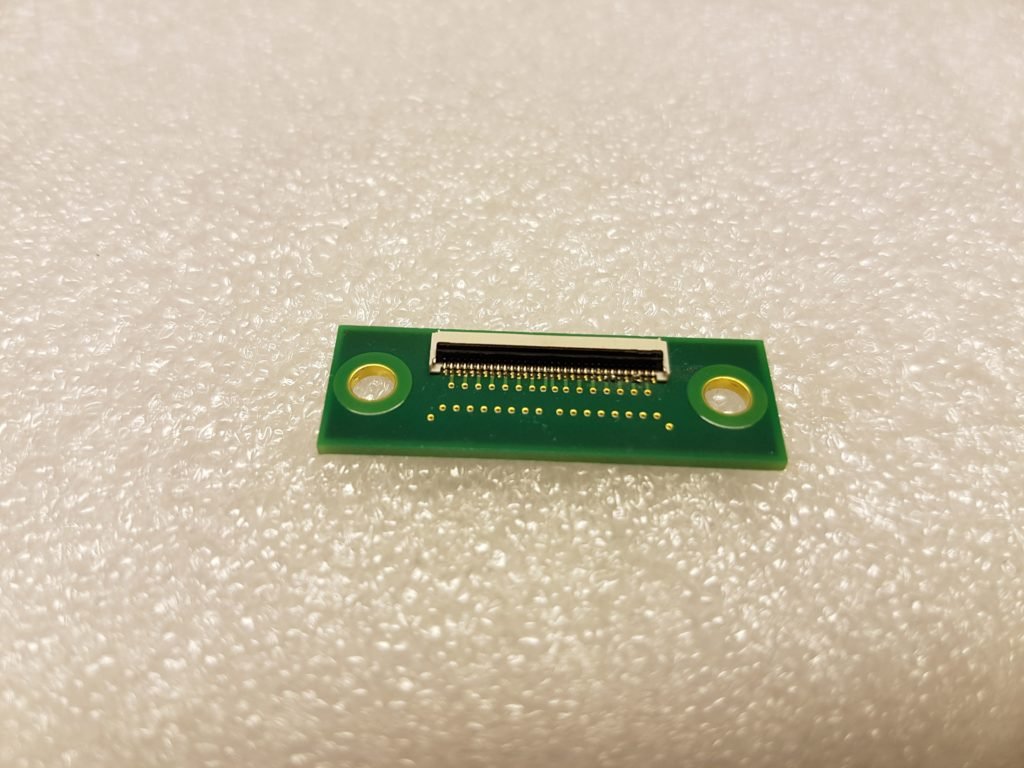

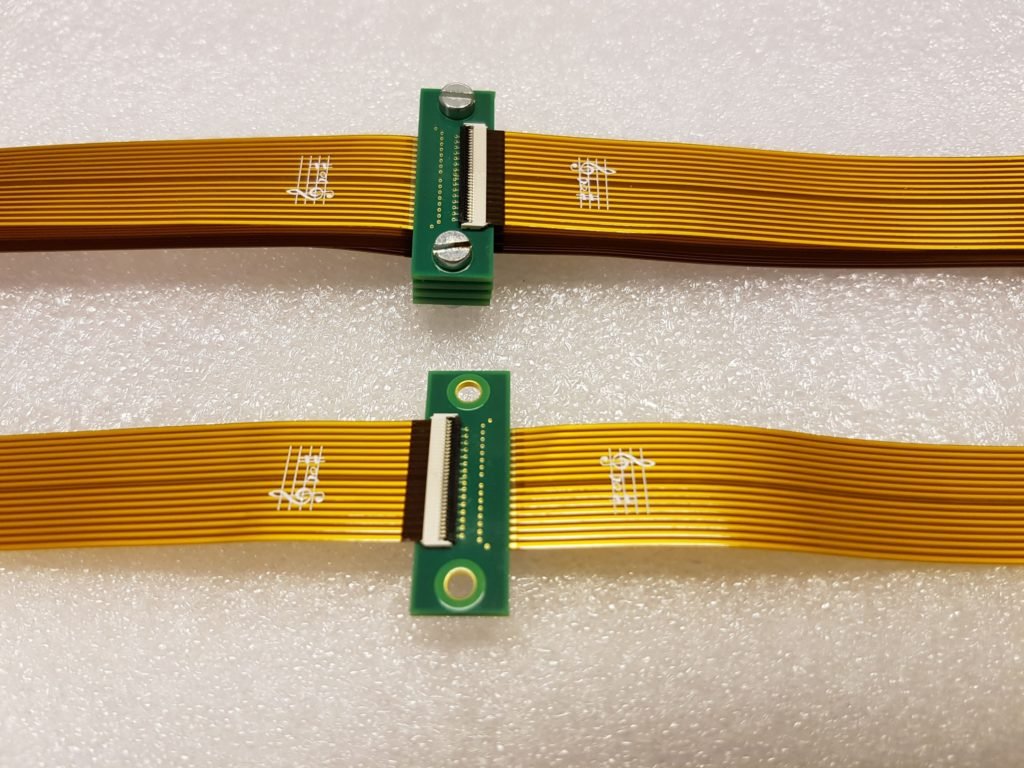

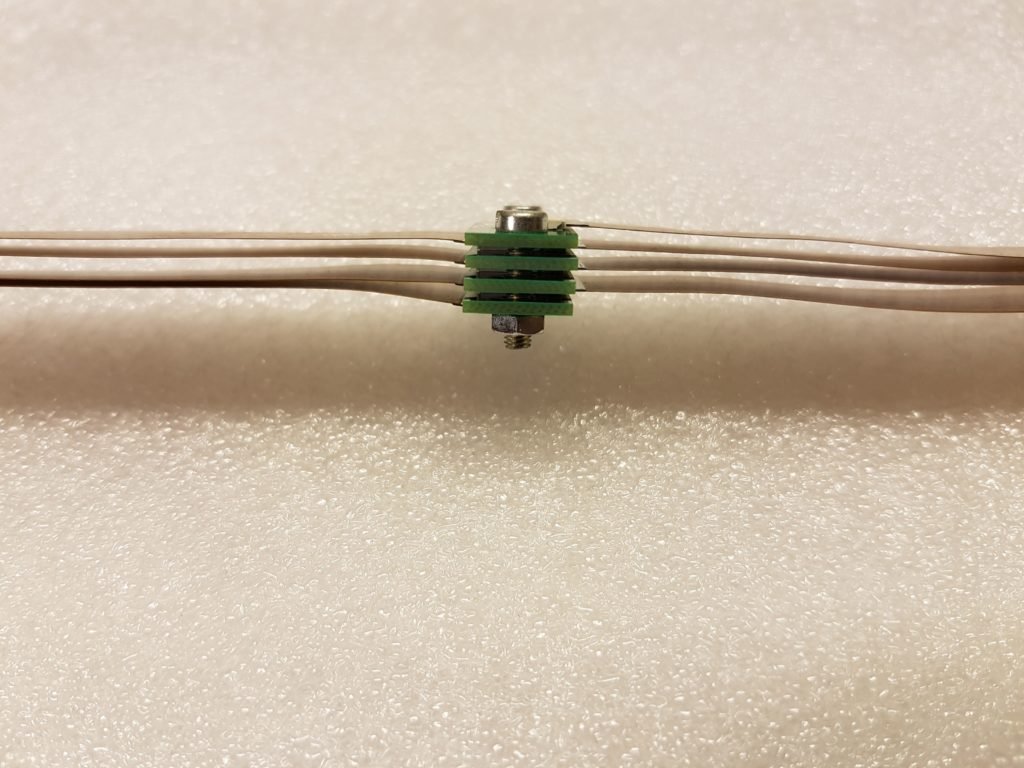

A flex extender allows two flexes to be joined to form a longer flex-cable. Multiple extenders can be stacked together for a compact assembly.
Versions exist for the single ended and for the differential flex-cable. Custom extenders for custom cables can also be produced.
Flexy heads
The flexy-head series of boards contains a number of boards that can be used to create your own HAPS compatible clock cables:


QSH-head
QSH-head A board with a QSH connector where the 6 differential clocks
in and 6 differential clocks out go to two flex-cables, two different
orientations of the connector exists. Can carry 3.3V power in or out
depending on how power jumper is set.
QTH-head
Same as QSH-head but with a QTH connector instead
These are the standard clock connectors for HAPS-60/70/80. Note that both the QSH and QTH connectors on a HAPS-60/70/80 system carry 2.5V and 3.3V power out.
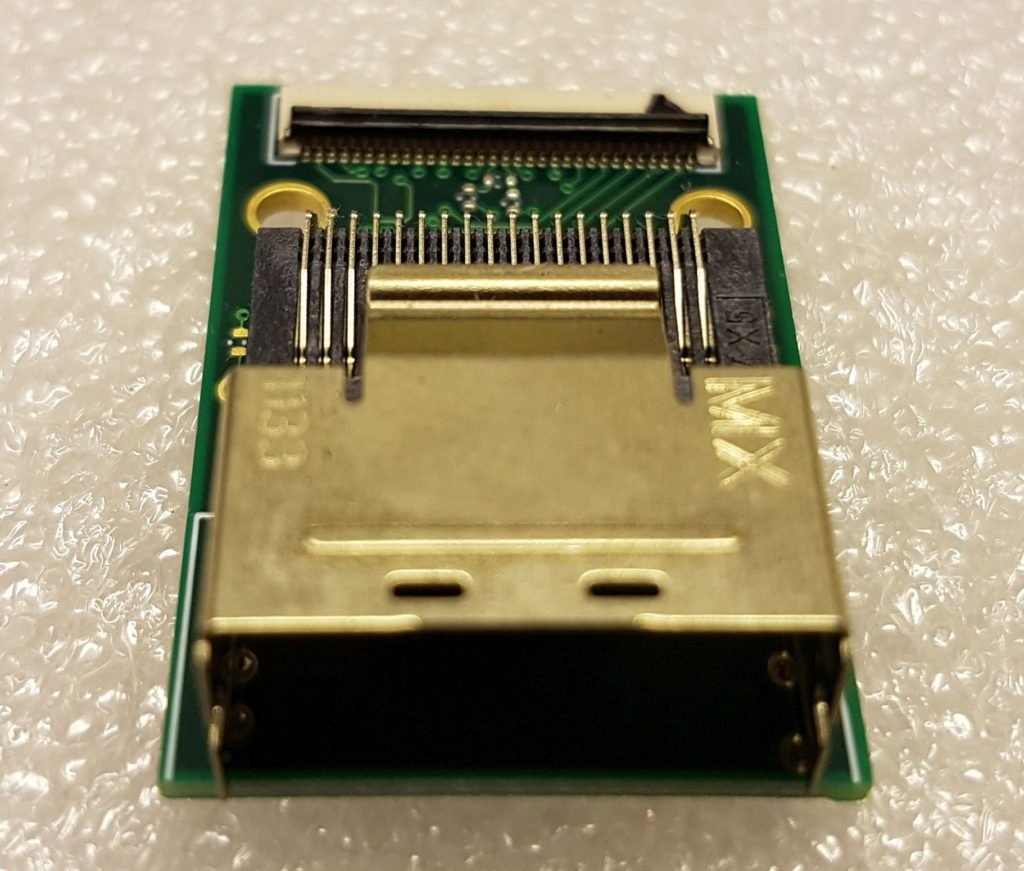

iPASS-head
Clock input connector for the HAPS-100 series, interfaces single flex-cable with 6 differential clocks. Only outgoing 3.3V power.


iSAS-head
Clock output connector for the HAPS-100 series, interfaces single flex-cable with 6 differential clocks. Only incoming 3.3V power.
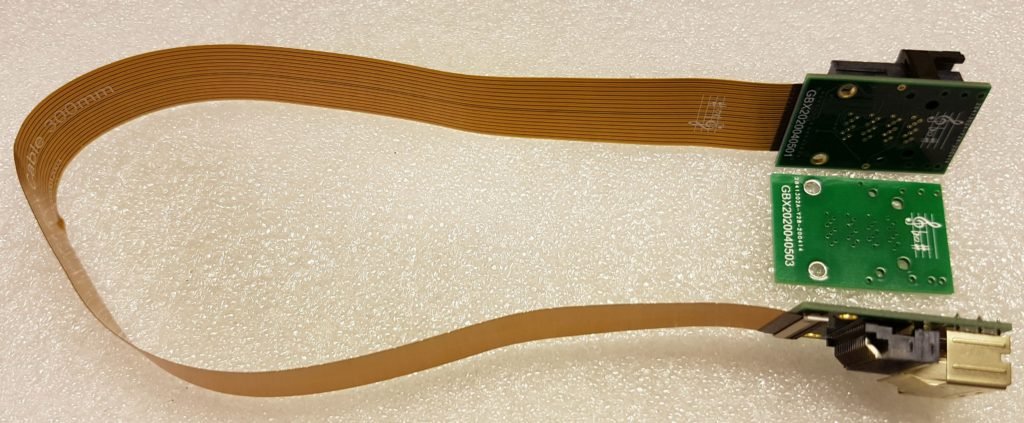

A stacking board for assembling both heads into a single unit is supplied with each board.
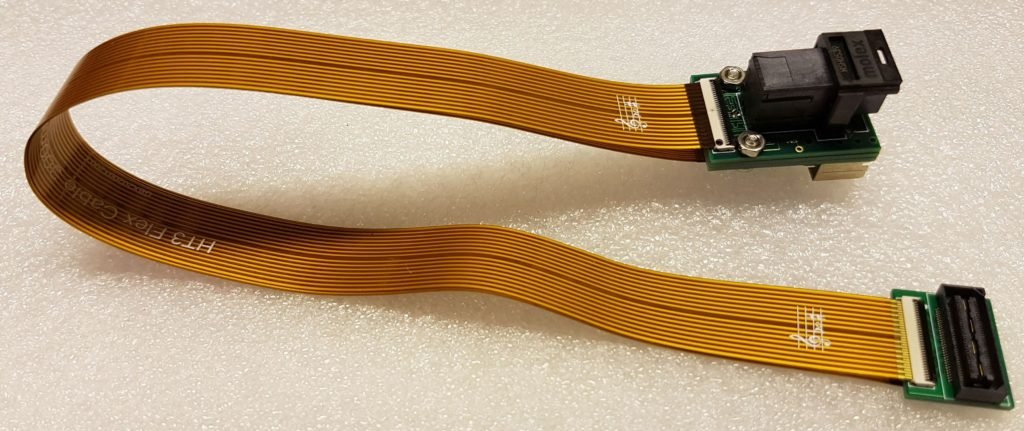

A HAPS-80 to HAPS-100 clock adapter can easily be created using two single-ended flex-cables, one iSAS-head, one iPASS-head (assembled with stacking board) and one QSH- or QTH-head.
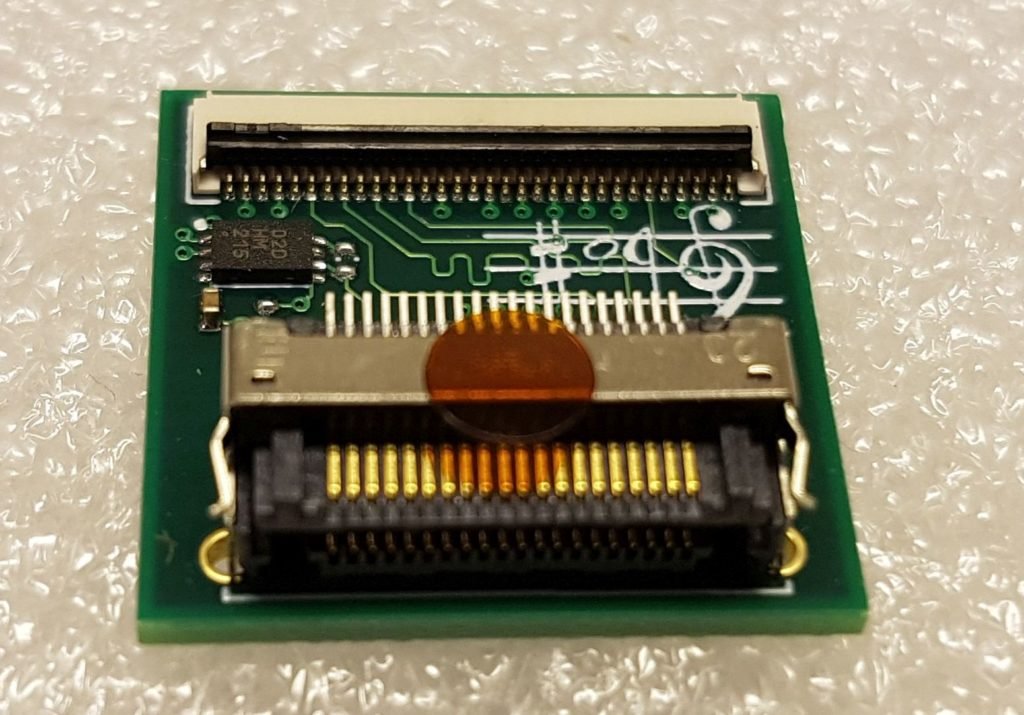

LSHM-head
Hermaphroditic clock connector for the HAPS-80D series, interface two flexes with 6 differential clocks in and 6 differential clocks out.
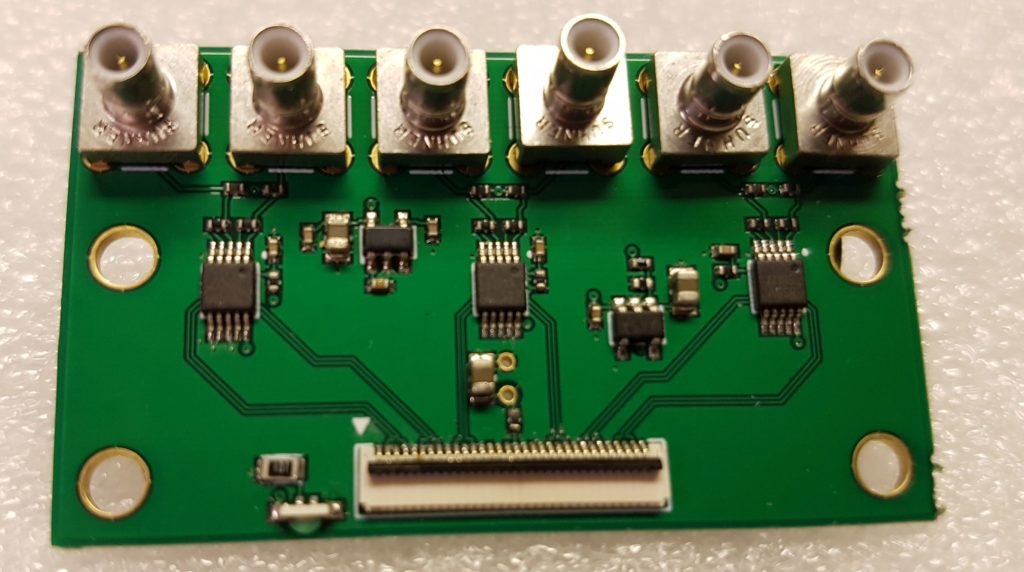

SMBin-head
Converts 6 single ended clocks from SMB connectors to 6 differential output clocks. Powered with 3.3V from host system.


SMBout-head
Converts 6 differential input clocks to 6 single ended clocks in SMB connectors. Powered with 3.3V from host system
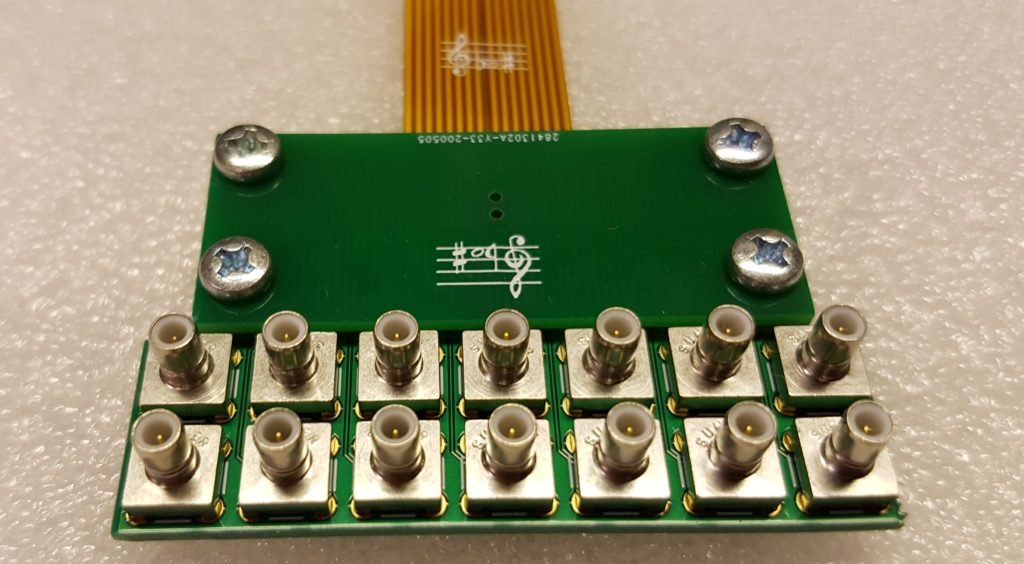

SMB-head
A passive board where all 14 lanes in a single-ended flex each go to one SMB connector.
Note that all SMB-heads can be fitted with either straight SMB connectors or right-angle connectors. Each SMB-head cover with a cover that can be fitted to isolate the electronics.


Right-angle SMB version with mounted cover.
Other types of coax connectors can of course also be supported e.g. SMA, MMCX, Lemo…
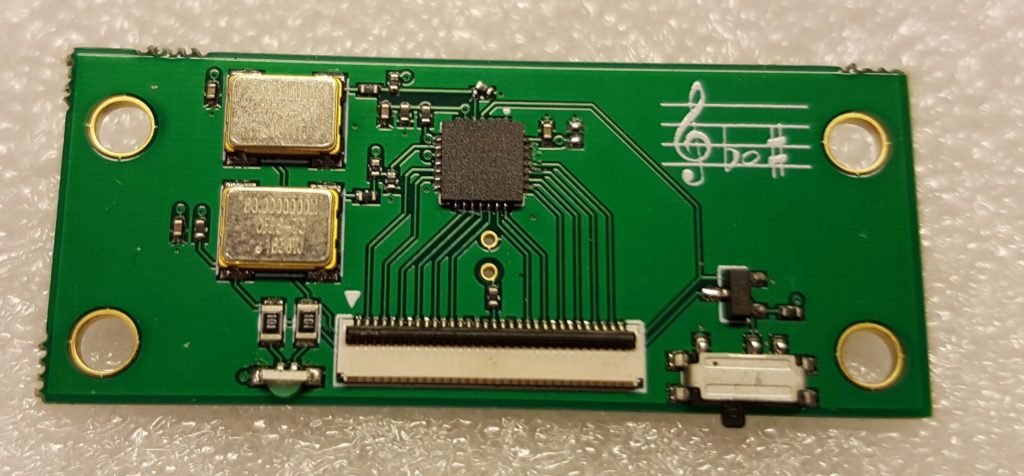

Clockout-head
A flexy-head generating 6 differential clocks into a single flex-cable. Two different clock frequencies can be selected using a switch. Powered with 3.3V from host system.
Examples of assemblies that can be created using flex-cables and flexy-heads are:
HAPS-60/70/80 clock cables (QSH->QTH, QTH->QSH)
HAPS-60/70/80 loopback cables (QSH input to QSH output, same for QTH)
HAPS-60/70/80 clock generator (clockout-head to QSH or QTH)
HAPS-60/70/80 coax input (SMBin-head to QSH or QTH)
HAPS-60/70/80 coax output (SMBout-head to QSH or QTH)
HAPS-60/70/80 to HAPS-100 adapter (QSH or QTH to/from iSAS, IPASS)
HAPS-60/70/80 to HAPS-80D adapter (QSH or QTH to/from LSHM)
HAPS-100 coax input (SMBin-head to iSAS)
HAPS-100 coax output (SMBin-head to iPASS)
HAPS-100 clock generator (clockout-head to iSAS)
Note that no power is passed out through the iPASS connector in a HAPS-100.
Custom flexy-heads can also be created according to customer needs.
The flexy-heads and flex-cables are not compatible for use as control cables (aka CDE-cables) for HAPS systems.


MGB extender
An interface board that helps to extend the HAPS system-board’s MGB connector reach using differential flex cables. Comes as a pair of boards, one to plug into the MGB slot in the system and one board where the MGB accessory is attached.
